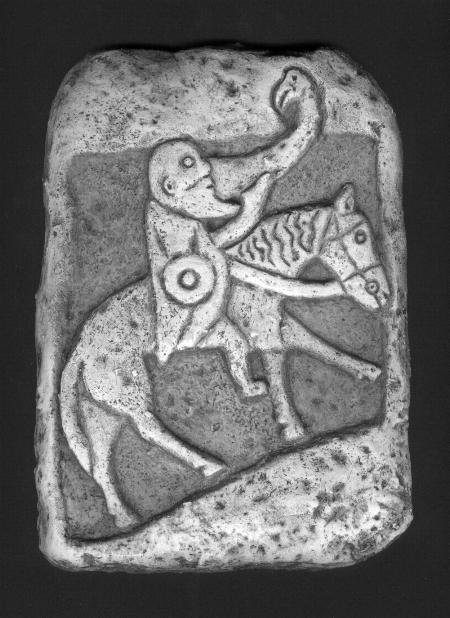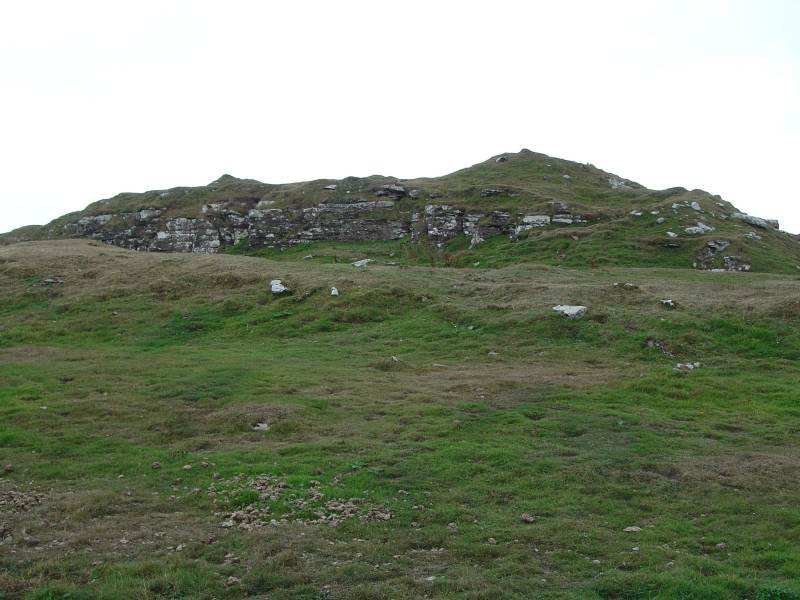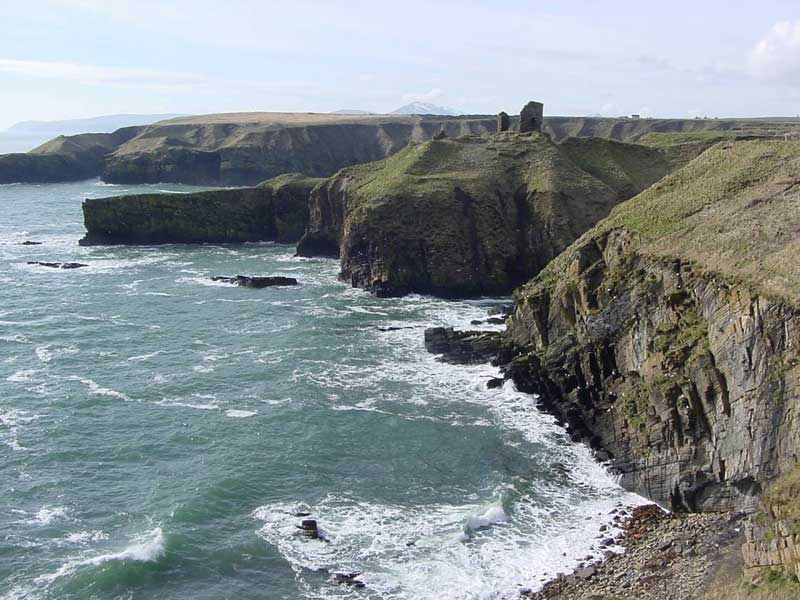 Of
Caithness' History
Of
Caithness' History| History | Attractions | Accessibility |
| The earliest known inhabitants of
Caithness were the Pict people. Largely made up of hunters and
gatherers, the Pictish people lived primarily in northern Scotland
under the watchful eye of the Roman Empire, which governed the southern
portion of Britain. The Roman legions built the famed Hadrian's
Wall to hold these native peoples at bay. The Picts faded from
history as Irish Scots (Gaels) and Scandinavian Norsemen settled
northern Scotland. For more information on ancient Pictish culture, see the following: "Picts" on Wikipedia Pictish Nation |
 |
 |
The
Gaelic-Celts arrived in Scotland during the 5th century from
neighboring Ireland. These migrating peoples settled mostly on
the western islands and shores of Britain but eventually settled
Caithness as well. Once established, Gaelic-Celtic language and
culture deeply influenced the way of life in Caithness. A rich
musical and linguistic history finds its origin in these Celtic roots. For more information on ancient Gaelic-Celtic culture, see the following links: "Gaels" on Wikipedia Ancient Celtic Music The Gaelic Language |
| Sometime during the 10th century, Norse
nomads settled on the northern and eastern coasts of Caithness.
These warrior peoples constructed dozens of coastal castles and founded
key ports in Caithness, such as the coastal towns of Thurso and Wick. For more information on ancient Norse culture and its influence on Caithness, see the following links: "Norsemen" on Wikipedia Sutherland and Caithness in Saga-Time, an eBook by James Gray |
 |